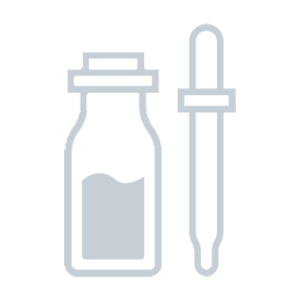
BareMinerals Complexion Rescue Defense Radiant Protective Veil is a product with 76 ingredients. Contains: AHA - Citric Acid; Antioxidant - Ascorbyl Glucoside, Citric Acid, Tocopherol;
Organic score: 22% natural, 59% chemical. Vegan - No; Cruelty free - No; Reef safe - Yes;
Positive effects
Concerns
INCI - Full Breakdown
Titanium Dioxide is a very effective sunscreen. It belongs to physical sunscreens, meaning it reflects the UV rays like a mirror. The component is a mineral with white color. That’s why it’s also used in different powders as a pigment or brightener.
The component can be both safe and unsafe. It’s reported to be possibly carcinogenic to humans when inhaled. That’s why we don’t recommend using products where TiO2 is used in the form of powder and can be inhaled.
Sometimes it can be a nanoparticle. We recommend avoiding this form because it’s not researched well enough. A safer option is to use a non-nano form.

Zinc Oxide is a great physical sunscreen, meaning it deflects the UV rays. It’s the only natural mineral sun protector recommended by the FDA for babies. It’s good for sensitive skin because it’s less irritating than chemical sunscreens.
It has very nice spectrum protection. It helps to protect from UVA I, UVA II, and UVB and nowadays it’s the broadest range of sunscreen used in cosmetics. In other words, it’s brilliant in its league.
The negative side is that it can feel heavy on the skin. It can leave a slight whitish tint on the surface of the skin and some people may not like this. Keep in mind that it’s relatively easy to wash off, so it’s better to use water-resistant sunscreens if you are swimming.
Water is a great solvent. It’s neutral and doesn’t provide any strong positive or negative effects. It just helps components to mix better and to transport active components.
Dimethicone is the most popular silicone. It makes the skin softer and forms a film adding smooth and silky feeling. This film not only improves how the skin feels but also works as a protective barrier. It also improves the visual appearance of your skin by filling small wrinkles. That's why some people think dimethicone removes wrinkles. Actually, it does not. It's just a visual effect.
One of the most important characteristics of this component is that it helps to spread other ingredients evenly on the surface to provide good coverage. It's very important because you want all your skin cells to receive an equal proportion of the components.
Dimethicone is considered as safe, but remember that it is rather difficult to wash off! This may lead to clogged pores and acne if you use it too often and don't wash off quite well.
Propanediol is a good solvent, emollient and humectant. It helps to moisturize the skin and prevent moisture loss. In haircare products, it conditions hair and improves absorption of the product.

Glycerin is one of the most outstanding and helpful skincare components. It's used in many skincare products because it works and provides notable results. It's one of the best moisturizers. Molecules of Glycerin can absorb water and deliver it into deep layers of the skin making it hydrated.
Functions
Reviews
The product doesn't have reviews. Be the first to share your experience.






